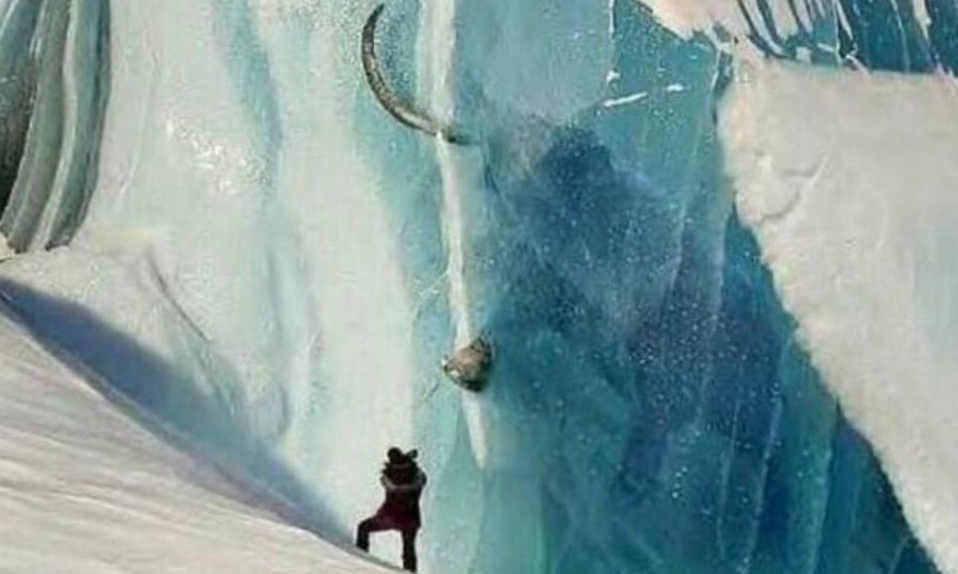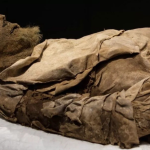Breaking News: Intact Mammoth Mummy Unearthed from Antarctic Ice Sheet, Dating Back 3 Million Years!
- mystery
- June 13, 2024

In a groundbreaking discovery that has stunned the scientific community, researchers have uncovered an extraordinarily well-preserved mammoth mummy buried deep within the Antarctic ice. The ancient creature, dating back an astonishing 3 million years, promises to rewrite our understanding of prehistoric life and the Earth’s climatic history.
The mammoth mummy, remarkably intact with its fur, flesh, and even some internal organs preserved by the ice, was found in a remote region of Antarctica that was once much warmer and hospitable to ancient fauna. Its discovery challenges previous assumptions about mammoth distribution and evolution, suggesting a far wider range for these iconic creatures than previously believed.

Dr. Maria Gomez, lead archaeologist on the expedition, described the find as “breathtaking” and “unprecedented in its preservation.” The mammoth’s tusks, towering over the ice, provided a stark reminder of the immense size and strength of these ancient beasts, while its fur retained traces of the environment it once inhabited millions of years ago.
Initial analysis of the mummy’s remains has already begun, with scientists eager to unlock the secrets held within its well-preserved tissues. Radiocarbon dating and genetic analysis are expected to provide crucial insights into the mammoth’s diet, health, and genetic makeup, shedding light on its adaptation to ancient climates and ecosystems.
The discovery of the intact mammoth mummy in Antarctica raises intriguing questions about the Earth’s geological and climatic history. How did mammoths survive and thrive in regions that are now frozen wastelands? What can their ancient DNA reveal about their evolutionary journey and interactions with other species?

As researchers continue to study the mammoth mummy and its surroundings, they hope to uncover answers that could reshape our understanding of biodiversity, extinction events, and the forces that shaped life on Earth over millions of years. The find serves as a poignant reminder of the resilience of ancient species and the fragility of our planet’s ecosystems in the face of environmental change.
For now, the Antarctic mammoth mummy stands as a testament to the power of scientific exploration and discovery. It offers a glimpse into a world long gone, yet preserved in astonishing detail beneath the icy surface—a world where giants roamed and thrived in a landscape vastly different from the one we know today.
3.5










